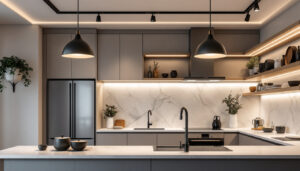
When it comes to kitchen design, the island is often the centerpiece of the space. It serves multiple functions, from food preparation to casual dining, and as such, it requires thoughtful lighting solutions. For lighting contractors, understanding the nuances of kitchen island lighting is essential to creating a functional and aesthetically pleasing environment. This article delves into the key considerations, types of lighting, and design tips that every lighting contractor should know.
Kitchen island lighting serves several purposes. Primarily, it provides task lighting for activities such as cooking and meal preparation. However, it also contributes to the overall ambiance of the kitchen, enhancing the space’s aesthetic appeal. As a lighting contractor, it is crucial to balance these functional and decorative elements. The right lighting can transform a kitchen from a mere cooking space into a vibrant hub for family gatherings and entertaining guests, making it an essential consideration in kitchen design.
In addition to task and ambient lighting, accent lighting can also play a significant role in highlighting architectural features or decorative elements within the kitchen. For instance, under-cabinet lights can illuminate the backsplash, showcasing beautiful tile work or artwork, while recessed lighting can draw attention to the kitchen island itself. This layered approach to lighting not only enhances functionality but also adds depth and character to the overall design.
Task lighting is focused and direct, illuminating specific areas where activities take place. For kitchen islands, this means using fixtures that provide ample light without creating harsh shadows. On the other hand, ambient lighting sets the mood and overall brightness of the kitchen. A well-designed lighting scheme will incorporate both types to create a well-rounded environment. Moreover, dimmable options for both task and ambient lighting can offer versatility, allowing homeowners to adjust the brightness according to the time of day or occasion, whether it’s a bustling breakfast or a cozy dinner party.
When selecting fixtures for kitchen island lighting, height and scale are critical factors. Pendant lights, for example, should hang at a height that allows for unobstructed views while providing adequate illumination. A general rule of thumb is to hang pendants 30 to 36 inches above the countertop. Additionally, the size of the fixtures should be proportional to the island’s dimensions to ensure a balanced look. Choosing oversized pendants can create a dramatic focal point, while smaller fixtures can lend a more understated elegance to the space.
Furthermore, the material and design of the lighting fixtures can also influence the overall aesthetic of the kitchen. For instance, sleek metal finishes can complement a modern kitchen, while rustic wooden elements may enhance a farmhouse-style space. It’s essential to consider the existing decor and color palette when selecting lighting to ensure cohesion throughout the kitchen. Additionally, incorporating smart lighting solutions can provide homeowners with the flexibility to change the ambiance with just a touch of a button, making the kitchen not only functional but also a dynamic space that adapts to various moods and activities.
There are various types of lighting fixtures that can be used to illuminate kitchen islands effectively. Each type offers unique benefits, and the choice often depends on the kitchen’s style and the homeowner’s preferences.
Pendant lights are a popular choice for kitchen islands due to their versatility and style. They come in various designs, from modern to vintage, allowing contractors to match the fixtures with the overall kitchen decor. When using multiple pendant lights, spacing is essential; typically, three pendants work well for a standard-sized island. Additionally, the height at which pendant lights are hung can significantly impact the ambiance; lower placements create a cozy, intimate feel, while higher installations can open up the space and enhance visibility.
Moreover, pendant lights can also serve functional purposes beyond aesthetics. Many designs incorporate adjustable brightness settings or even smart technology, allowing homeowners to customize the lighting according to the time of day or activity. For instance, brighter settings are ideal for meal prep, while softer lighting can create a relaxed atmosphere for entertaining guests.
For a more dramatic effect, chandeliers can be an excellent choice for kitchen islands, especially in larger spaces. They add elegance and can serve as a focal point in the kitchen. However, it’s important to ensure that the chandelier is appropriately sized and hung at the correct height to avoid overwhelming the space. A well-placed chandelier can draw the eye and create a sense of grandeur, making it a perfect centerpiece for open-concept kitchen designs.
Chandeliers also come in a variety of styles and materials, from crystal to wrought iron, allowing homeowners to express their personal taste. Additionally, incorporating dimmable features can enhance their functionality, enabling a seamless transition from bright task lighting during cooking to softer illumination for dining. When selecting a chandelier, consider the overall color scheme and design elements of the kitchen to ensure a harmonious look.
Recessed lighting is another effective option, providing a clean and unobtrusive look. This type of lighting can be used to supplement pendant or chandelier lighting, ensuring that the island is well-lit from various angles. When installing recessed lights, consider the layout and spacing to avoid dark spots and ensure even illumination. The versatility of recessed lighting allows it to be strategically placed to highlight specific areas, such as the countertop or decorative features, enhancing both functionality and aesthetics.
In addition, recessed lights can be equipped with different bulb types, such as LED or incandescent, each offering distinct advantages in terms of energy efficiency and warmth. Homeowners can also choose adjustable fixtures that allow for directional lighting, making it easy to focus light where it’s needed most. This adaptability makes recessed lighting an ideal choice for multitasking spaces like kitchen islands, where both cooking and socializing occur simultaneously.
Beyond the types of fixtures, several design tips can enhance the effectiveness of kitchen island lighting. These tips can help lighting contractors create a cohesive and functional lighting plan.
Layering light is a key principle in lighting design. By combining ambient, task, and accent lighting, contractors can create a dynamic and inviting atmosphere. For kitchen islands, this might mean using pendant lights for task lighting while incorporating recessed lights for ambient illumination. Accent lighting can also be used to highlight architectural features or decorative elements.
Installing dimmer switches is a simple yet effective way to enhance the versatility of kitchen island lighting. Dimmers allow homeowners to adjust the brightness according to the time of day or the mood they wish to create. This flexibility can make a significant difference in how the kitchen feels, transforming it from a bustling workspace to a cozy gathering spot.
The color temperature of the lighting can greatly influence the kitchen’s ambiance. Warmer tones (2700K to 3000K) create a welcoming and cozy environment, while cooler tones (3500K to 4100K) offer a more modern and energetic feel. Understanding the desired atmosphere can guide contractors in selecting the appropriate color temperature for kitchen island lighting.
As with any electrical installation, safety and compliance with local codes are paramount. Kitchen environments can present unique challenges due to the presence of moisture and heat. Therefore, it’s essential for lighting contractors to be aware of the following considerations.
When selecting lighting fixtures for kitchens, especially those near sinks or stoves, it’s crucial to choose fixtures with appropriate moisture ratings. Look for fixtures that are rated for damp or wet locations to ensure safety and longevity. This consideration not only protects the fixtures but also enhances the safety of the kitchen environment.
Understanding the electrical load and ensuring that the circuit can handle the additional fixtures is vital. Contractors should evaluate the existing wiring and circuits to prevent overloads, which can lead to tripped breakers or electrical fires. Consulting with an electrician may be necessary to ensure compliance with local codes.
Staying updated on current trends in kitchen island lighting can help contractors provide clients with the latest design options. Trends often reflect broader shifts in kitchen design and technology, influencing fixture styles and lighting solutions.
Smart lighting technology is becoming increasingly popular in modern kitchens. Homeowners are looking for ways to integrate smart home systems that allow them to control lighting through mobile apps or voice commands. This trend not only enhances convenience but also allows for customizable lighting scenes tailored to specific activities or moods.
Another trend is the use of mixed materials and finishes in lighting fixtures. Combining metals, glass, and wood can create a unique and personalized look. For instance, a combination of brass and glass can add a touch of elegance while maintaining a modern feel. Encouraging clients to explore these combinations can lead to stunning results.
Industrial and minimalist designs continue to gain traction in kitchen island lighting. Fixtures with clean lines, exposed bulbs, and raw materials resonate with homeowners seeking a contemporary aesthetic. Lighting contractors should be prepared to offer a range of options that fit these popular styles, ensuring that they can meet diverse client preferences.
Kitchen island lighting is a critical aspect of kitchen design that requires careful consideration and expertise. As lighting contractors, understanding the various types of fixtures, design principles, and safety considerations will enable you to create beautiful and functional lighting solutions. By staying informed about current trends and incorporating innovative technologies, you can elevate your projects and exceed client expectations. Ultimately, the right lighting not only enhances the kitchen’s functionality but also transforms it into a warm and inviting space where families gather and memories are made.
Ready to take your kitchen island lighting projects to the next level? At LumenWholesale, we provide lighting contractors with an exceptional range of high-quality, spec-grade lighting products at prices that can’t be beaten. Say goodbye to local distributor markups and hello to our direct-to-contractor wholesale pricing. Our selection is designed to meet the most rigorous industry standards, ensuring that every installation shines with reliability and performance. Plus, with free shipping on bulk orders, you can stock up on premium lighting solutions without worrying about hidden fees or compromises. Elevate your lighting game and create inviting spaces that clients love. Discover the perfect fusion of quality, affordability, and convenience at LumenWholesale – where you get Wholesale Lighting at the Best Value.
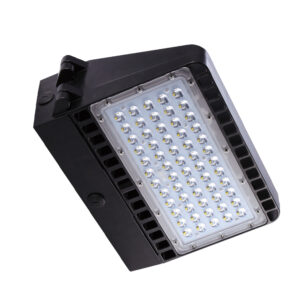
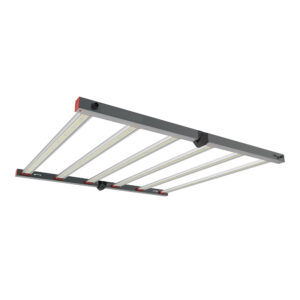
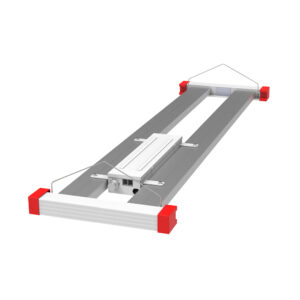
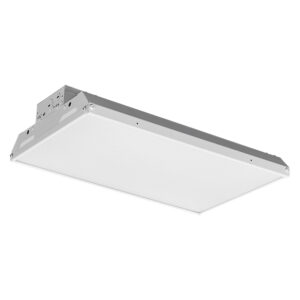
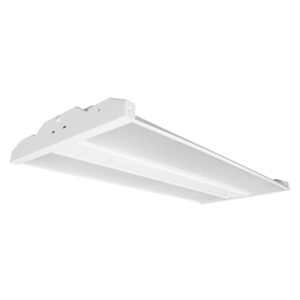
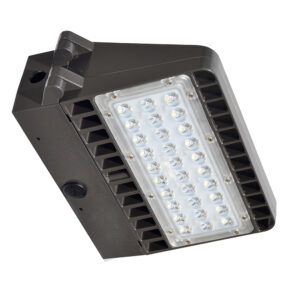

Discover essential insights into wrap lighting fixtures with our comprehensive guide tailored for lighting contractors.

Discover the transformative impact of solar lanterns in modern lighting projects.

Discover why purchasing outdoor wall lights in bulk from local distributors might not be the best choice.
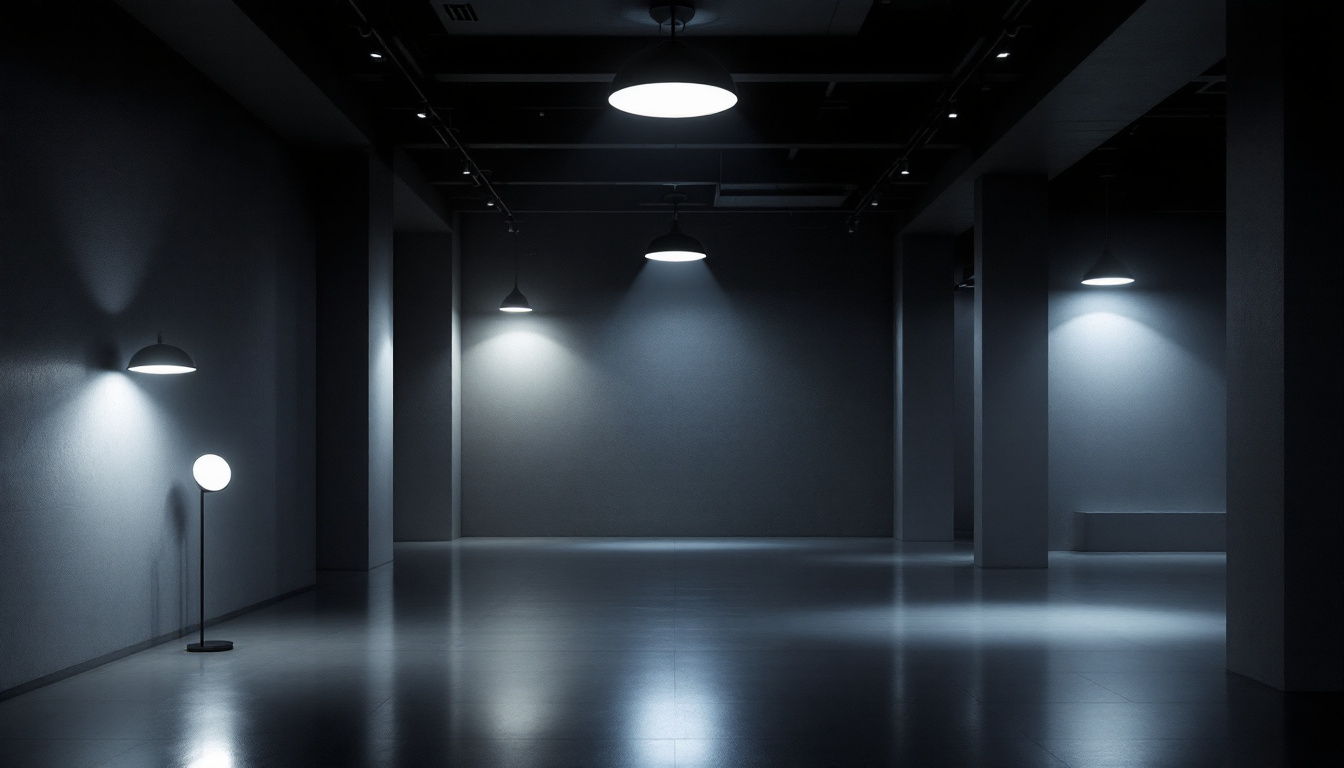
Discover why purchasing architectural lighting in bulk from local distributors might not be your best choice.
Get notified when NEW deals are released.
Optimize your budget with wholesale discounts.
Only top-quality, specification-grade lighting products.
No additional costs at checkout - what you see is what you pay.
We understand the unique needs of contractors.